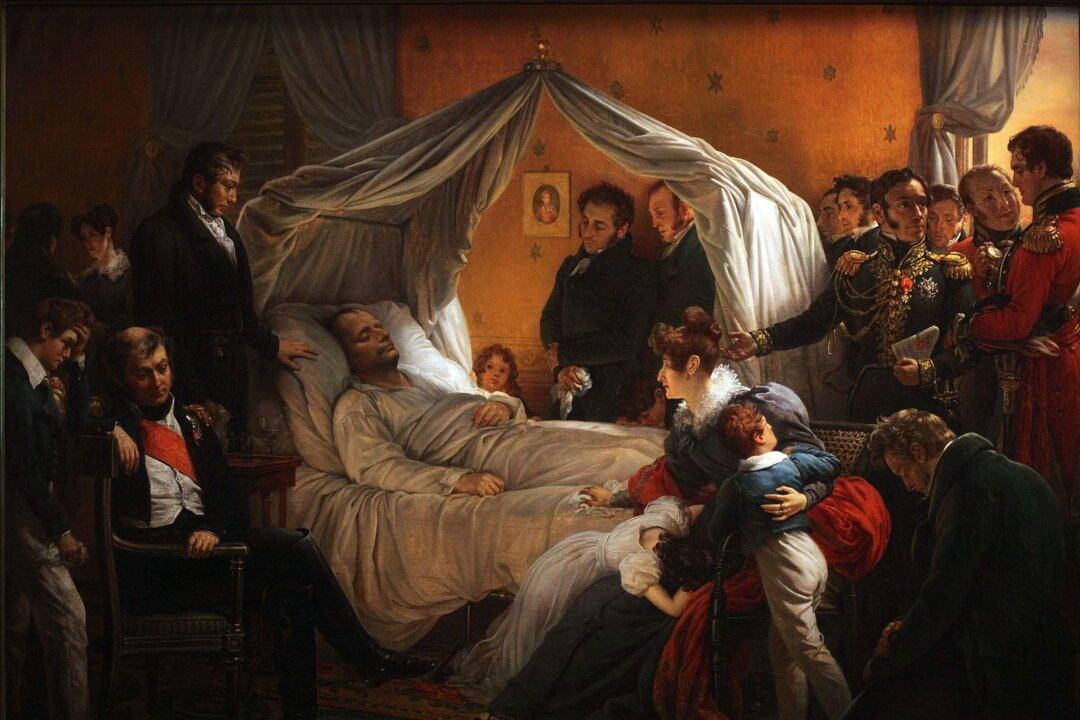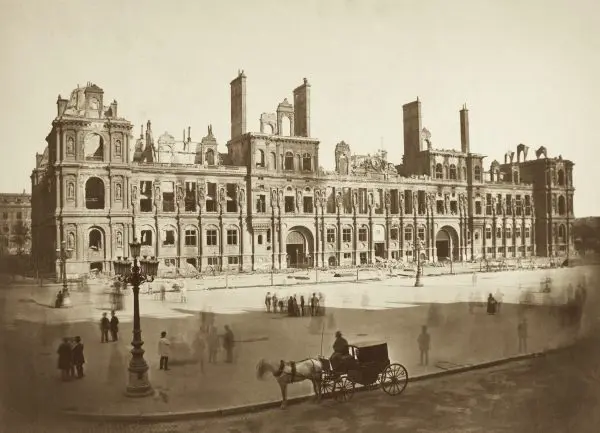For Napoleon Bonaparte, the world-shattering campaigns, the iron-fisted subjugation of Europe, the massive armies ready to march at the nod of his head, and the giddy ascent to the peak of world power, all this was over, and yet the most remarkable part of Bonaparte’s story was just beginning.
It was Oct. 15, 1815. Napoleon stood gazing at the shimmering, glinting sea from a promontory on the tiny island of St. Helena—a 6-by-10-mile rock that stood squarely in the middle of nowhere, 1,200 miles from the nearest mainland, the African coast. Sweeping mountainsides careening toward the sea, patches of greenery on hillsides and valleys, and desert expanses marked by cactus combined to form the isle’s inhospitable landscape.






